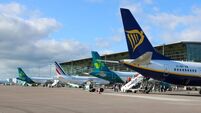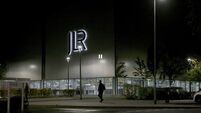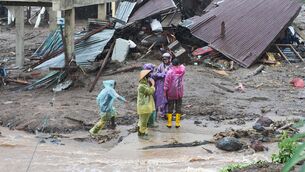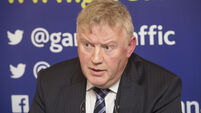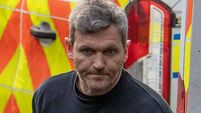Drones ‘mapping future’of surveys

Baselinesurveys.ie use drones or remotely piloted aircraft systems and camera systems which make high resolution maps of the ground below that are more accurate than maps produced by surveyors and engineers with base stations.
Company owner Paudie Barry said that they produced a full map of Skibbereen, Co Cork, after about 15 minutes of flying the system over the town.







